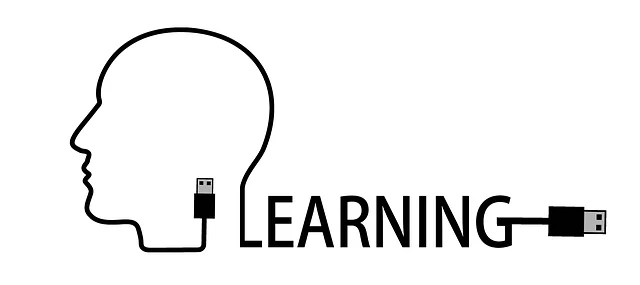Learning and development (L&D) programs can be a challenge for most organizations. Unfortunately, some of the most robust and effective programs require large budgets that companies just don’t have. HR needs to build solid business cases for their L&D programs, but it is difficult to track the return on investment for these programs.
Besides the budgetary constraints, L&D faces another obstacle. Keeping employees engaged. In-person training has a reputation for being boring and is not something employees look forward to. Webinars, especially pre-recorded ones, are even worse as employees multitask with emails or phone calls.
One more challenge to consider is ensuring the information is retainable and applicable to employees’ day to day. If employees are already not looking forward to sitting in training, they most likely don’t see how the information will benefit them. Additionally, nothing is retained when multitasking.
So how do you create a learning and development program that is effective and engaging?
The first step is creating a learning culture within the organization. Have leaders buy-in and show them the value of properly trained talent. They should show support for the learning programs and encourage their employees to participate. Leaders should also contribute to the content to make sure it is relevant for the employees.
For promotions, preference can be given to employees who have completed certain L&D programs. It creates clearer paths to leadership for employees and the foundation for succession plans for leaders. This incorporates and promotes a learning environment into the company’s culture. Employees won’t give a second thought when asked to take a training and may even seek out the learning opportunities.
Creating a learning culture will also make it easier to build a business case for L&D. Any effective and engaging program is going to need a decent budget, at least initially. Time, money, and resources will be needed to determine the learning needs. Then, even more time, money, and resources will be needed to develop the content. But once created, costs can be managed to update the content.
Technology is providing innovative solutions through microlearning, virtual reality, and gamification.
Microlearning is creating small, quick learning programs that solve the day to day issues employees may face. The topics should be easily identifiable and not much more than fifteen minutes. Employees should also be able to easily access the trainings, even on the go.
Gamification makes L&D fun. It applies the fundamentals of a game, like challenges and scores, to a learning initiative. Virtual reality (VR) also makes gamification an enticing tool. Safe driving courses or customer service courses during simulated rush hours can be very impactful. VR can even save lives by providing training for first responders.
Even though technology is providing a method to make L&D effective and engaging, it can provide a bigger benefit. It will be easier to measure participation and determine how impactful the training is. Gamification gives scores which can easily translate to how well the employee understood the content.
Learning and development is just another aspect of HR being impacted by ever-advancing technology. Virtual reality, gamification, and microlearning all can revitalize a dead L&D program. But, learning must be valued and integrated throughout the company’s culture. Without it, L&D will never be able to make an impact.
An HR dashboard can provide an easy way to visualize your organization’s data. It will make the calculations for you to create the metrics. Without all that hassle, it’ll leave more time for analytics. Sign up today for a free demo of our automated HR dashboard.












